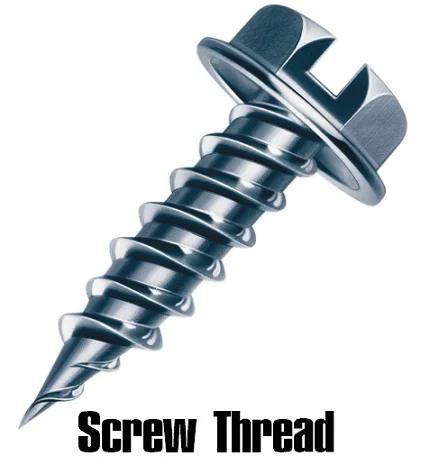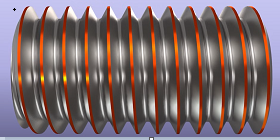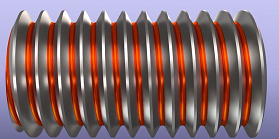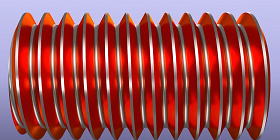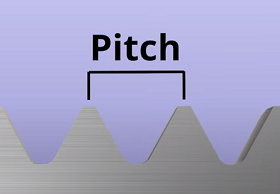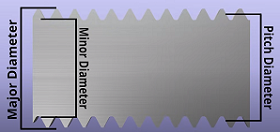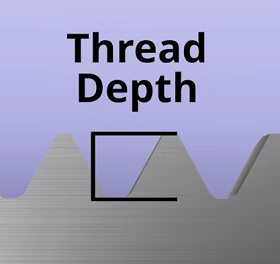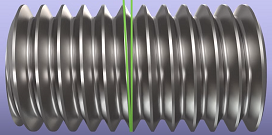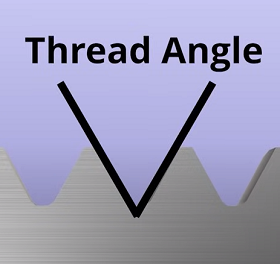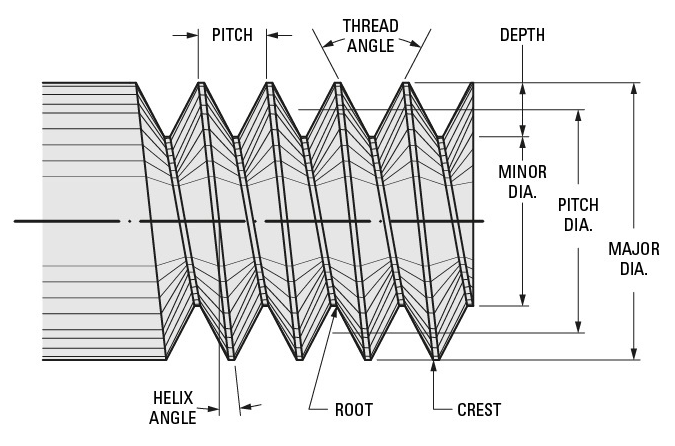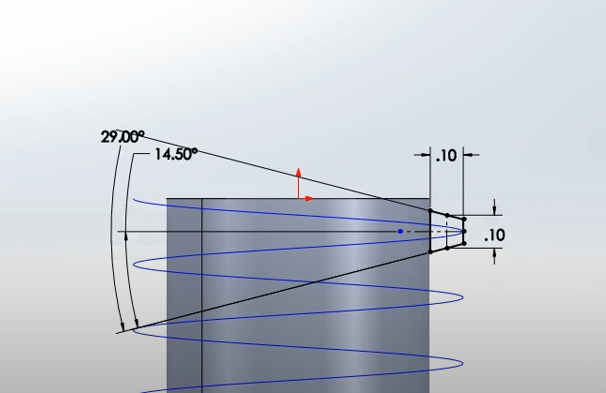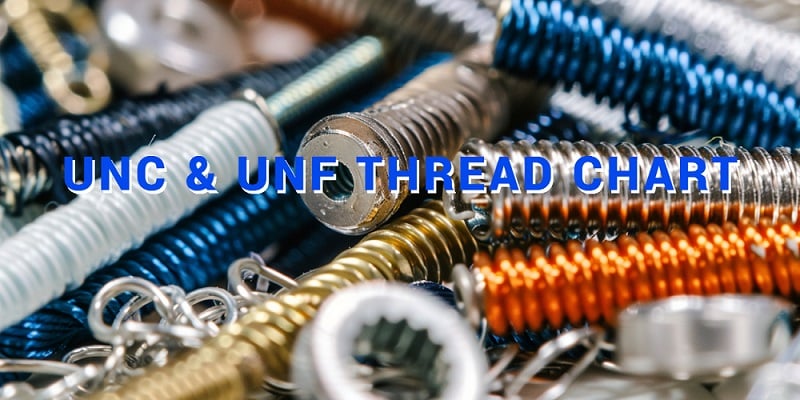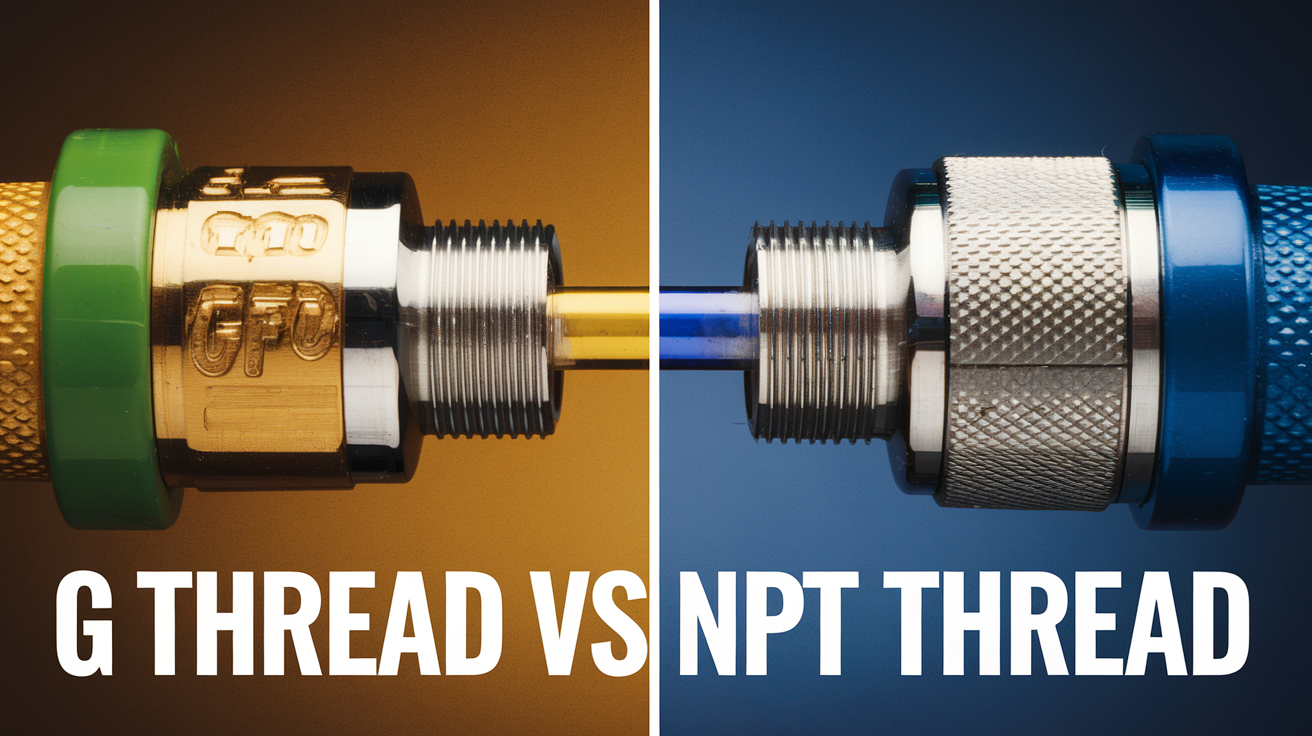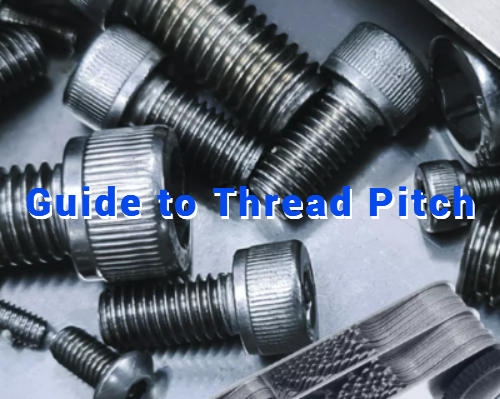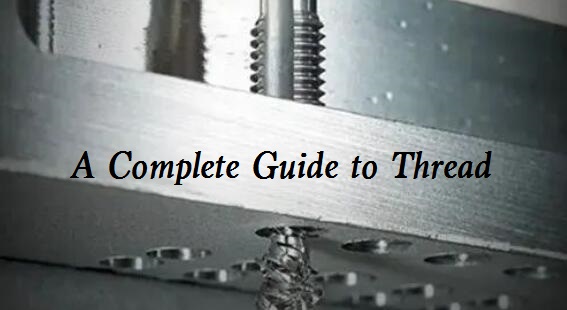1. Metric Thread
The most widely used general-purpose screw thread system globally, conforming to ISO standards. It features a 60° pitch angle with a flat crest and a rounded root. The thread is defined by its pitch, which is the distance between adjacent threads measured in millimeters. For example, M8x1.25 indicates an 8mm diameter thread with a 1.25mm pitch. This standardization has made metric threads the preferred choice in most industrial applications worldwide, particularly in Europe and Asia. The system’s straightforward measurement scheme and widespread adoption make it ideal for standard assemblies requiring bolted connections.



